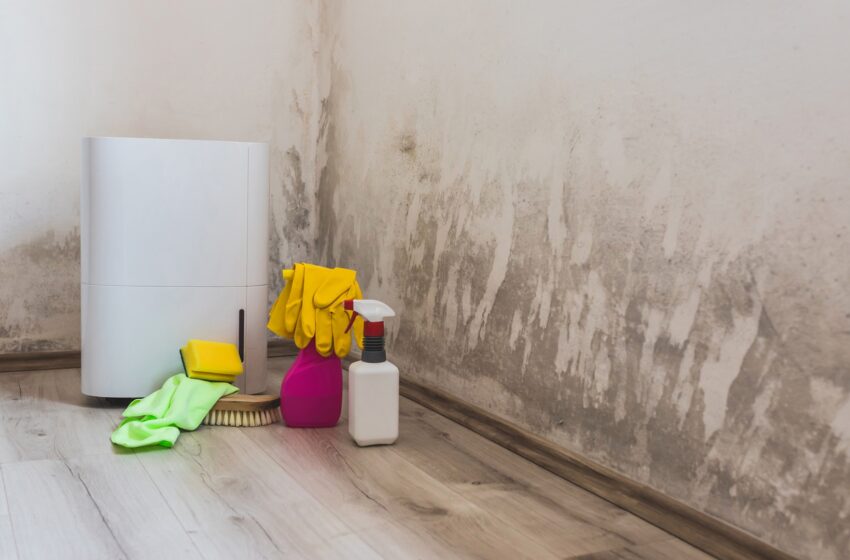If mold is allowed to spread throughout a home, it may rapidly become a major cause for concern. People should avoid breathing in the air of any room where mold is present since it is not only unsightly and unsettling, but also potentially harmful to their health.
Whenever there is any contact with water, mildew growth is almost certain to begin. The likelihood of mold growth increases in damp and warm environments like bathrooms, kitchens, and attics. The spores thrive in the dark and damp conditions created by all of these locations, even if only a little quantity of moisture is present in the air.
Now that we know that, you may be wondering what steps you can take to ensure mold doesn’t start growing in the first place. While there’s no way to know for sure that the mildew in your home can be completely eradicated, there are steps you may do to protect it from spreading. So does dehumidifiers help with mold clearing? Let’s talk about that.
How does a dehumidifier work, and what does it do to the air to make it less humid?
One of the easiest and most cost-effective ways to lessen the likelihood of mold growth in one’s home is to get a dehumidifier. These household appliances are widely available in the marketplace and provide a cheap alternative to more costly options.
The basic function of a dehumidifier is to reduce the relative humidity within a confined environment to a more comfortable level. These machines work by removing moisture from the air, therefore their installation results in a much drier environment. The process is quick, but it’s usually limited to small spaces like a single room.
Where does mold come from?
Mold, as was just said, favours moist conditions, either present or former. Mildew thrives in damp, dark places, making those around leaks, faucets, pipes, and drains ideal breeding grounds. Drains are another possible location for its expansion.
Mold may grow on almost any object, while certain materials are far more conducive to its rapid growth than others. A porous object has a better probability of absorbing water, making it a conducive environment for plant development. But it does not work for the fungus. For more about Mold vs. Fungus you need to read on.
Mold may be detected by its musty odour or by a visual inspection of the affected area. Mold grows as spores, which may float through the air and be inhaled by anybody who spends any length of time in the region where the mold is developing.
Can Mold Grow Without a Dehumidifier?
To rephrase, mold development cannot be prevented by using a dehumidifier. The device is meant to alleviate discomfort caused by high humidity levels. This means that if mildew is already present in a home or building, reducing the humidity level won’t be enough to get rid of it. This is because mildew requires a damp environment in which to flourish.
Conclusion
A dehumidifier may help reduce the humidity in the air, which can therefore help prevent mold growth. Again, the employment of such equipment is not a guarantee that growth will be prevented; nonetheless, it may greatly reduce the risk of growth happening. In our Home Tour Series you can read more about this.

0 responses to “Does a dehumidifier kill mold? Some Ideas You Should Have”